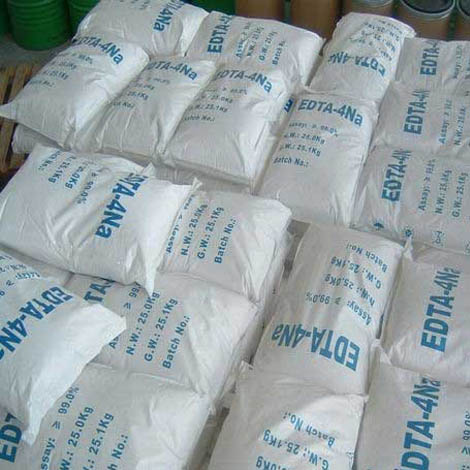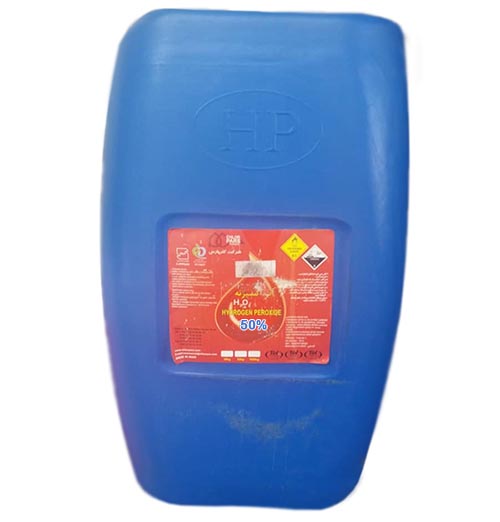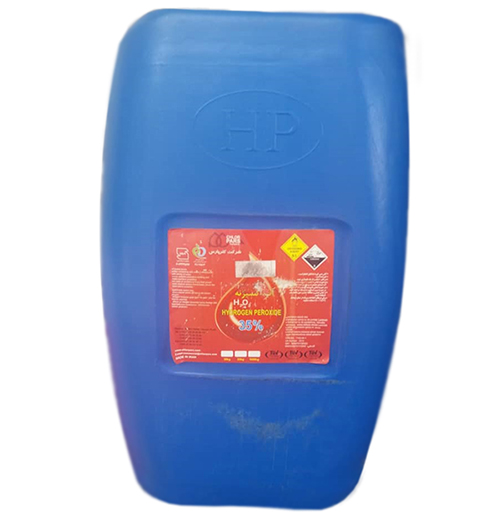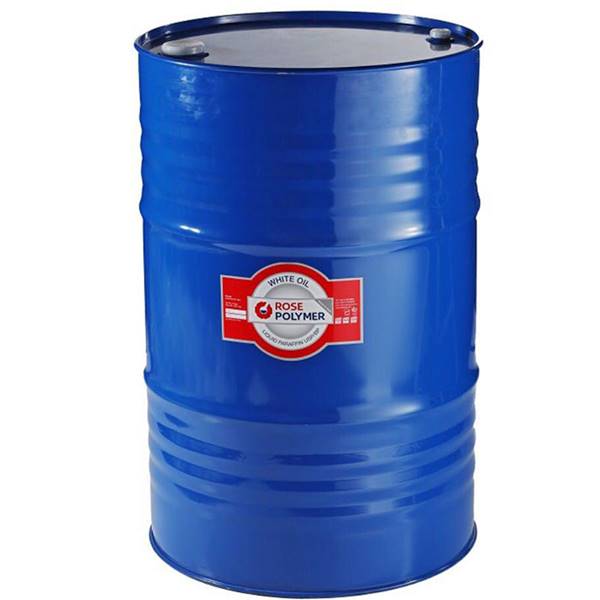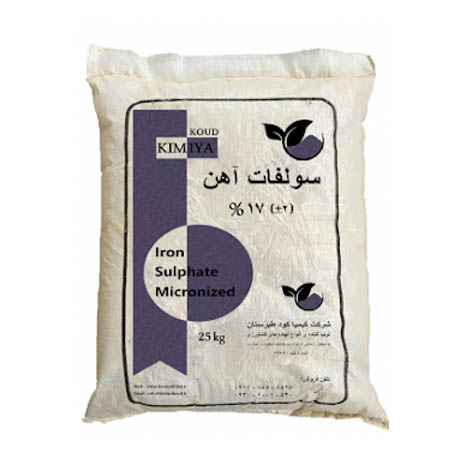DM : Anti-fouling solution
Antifouling systems
The immersed hull and fittings of a ship at sea, particularly in coastal waters, are subject to algae, barnacle, mussel, and other shellfish growth that can impair its hydrodynamic performance and adversely affect the service of the immersed fittings.
Fittings such as cooling water intake systems are often protected by impressed current antifouling systems, and immersed hulls today are finished with very effective self-polishing antifouling paints.
Impressed current antifouling systems
The functional principle of these systems is the establishment of an artificially triggered voltage difference between copper anodes and the integrated steel plate cathodes. This causes a minor electrical current to flow from the copper anodes, so that they are dissolved to a certain degree. A control unit makes sure that the anodes add the required minimum amount of copper particles to the sea water, thus ensuring the formation of copper oxide that creates ambient conditions precluding local fouling. A control unit can be connected to the management system of the vessel. Using information from the management system, the impressed current antifouling system can determine the amount of copper that needs to be dissolved to give optimum performance with minimum wastage of the anodes.
Ethylenediaminetetraacetic acid (EDTA)
Ethylenediaminetetraacetic acid (EDTA), also known by several other names, is a chemical used for both industrial and medical purposes. It was synthesised for the first time in 1935 by Ferdinand Münz.
It is an aminopolycarboxylic acid and a colourless, water-soluble solid. Its conjugate base is ethylenediaminetetraacetate. It is widely used to dissolve limescale. Its usefulness arises because of its role as a hexadentate ("six-toothed") ligand and chelating agent, i.e., its ability to sequester metal ions such as Ca2+ and Fe3+. After being bound by EDTA into a metal complex, metal ions remain in solution but exhibit diminished reactivity. EDTA is produced as several salts, notably disodium EDTA, calcium disodium EDTA, and tetrasodium EDTA (typically as the hydrate).
Ferric Chloride
Iron(III) chloride is the inorganic compound with the formula (FeCl 3). Also called ferric chloride, it is a common compound of iron in the +3 oxidation state. The anhydrous compound is a crystalline solid with a melting point of 307.6 °C. The color depends on the viewing angle: by reflected light the crystals appear dark green, but by transmitted light they appear purple-red.
Anhydrous
Anhydrous iron(III) chloride has the BiI3 structure, with octahedral Fe(III) centres interconnected by two-coordinate chloride ligands.
Iron(III) chloride has a relatively low melting point and boils at around 315 °C. The vapour consists of the dimer Fe 2Cl 6 (cf. aluminium chloride) which increasingly dissociates into the monomeric FeCl 3 (with D3h point group molecular symmetry) at higher temperature, in competition with its reversible decomposition to give iron(II) chloride and chlorine gas.
Hydrates
In addition to the anhydrous material, ferric chloride forms four hydrates. All forms of iron(III) chloride feature two or more chlorides as ligands, and three hydrates feature FeCl4−.
- hexahydrate: FeCl3.6H2O has the structural formula trans-[Fe(H2O)4Cl2]Cl.2H2O
- FeCl3.2.5H2O has the structural formula cis-[Fe(H2O)4Cl2][FeCl4].H2O.
- dihydrate: FeCl3.2H2O has the structural formula trans-[Fe(H2O)4Cl2][FeCl4].
- FeCl3.3.5H2O has the structural formula cis-[FeCl2(H2O)4][FeCl4].3H2O.
Formaldehyde
Formaldehyde (systematic name methanal) is a naturally occurring organic compound with the formula CH2O (H−CHO). The pure compound is a pungent-smelling colourless gas that polymerises spontaneously into paraformaldehyde (see Formaldehyde#Forms), hence it is stored as an aqueous solution (formalin). It is the simplest of the aldehydes (R−CHO). The common name of this substance comes from its similarity and relation to formic acid.
Formaldehyde is an important precursor to many other materials and chemical compounds. In 1996, the installed capacity for the production of formaldehyde was estimated at 8.7 million tons per year. It is mainly used in the production of industrial resins, e.g., for particle board and coatings.
In view of its widespread use, toxicity, and volatility, formaldehyde poses a significant danger to human health. In 2011, the US National Toxicology Program described formaldehyde as "known to be a human carcinogen"
Glycerol 250 kg barrel
Food industry
In food and beverages, glycerol serves as a humectant, solvent, and sweetener, and may help preserve foods. It is also used as filler in commercially prepared low-fat foods (e.g., cookies), and as a thickening agent in liqueurs. Glycerol and water are used to preserve certain types of plant leaves. As a sugar substitute, it has approximately 27 kilocalories per teaspoon (sugar has 20) and is 60% as sweet as sucrose. It does not feed the bacteria that form plaques and cause dental cavities.[citation needed] As a food additive, glycerol is labeled as E number E422. It is added to icing (frosting) to prevent it from setting too hard.
As used in foods, glycerol is categorized by the U.S. Academy of Nutrition and Dietetics as a carbohydrate. The U.S. Food and Drug Administration (FDA) carbohydrate designation includes all caloric macronutrients excluding protein and fat. Glycerol has a caloric density similar to table sugar, but a lower glycemic index and different metabolic pathway within the body, so some dietary advocates accept glycerol as a sweetener compatible with low-carbohydrate diets.
It is also recommended as an additive when using polyol sweeteners such as erythritol and xylitol which have a cooling effect, due to its heating effect in the mouth, if the cooling effect is not wanted.
Hydrochloric acid
Hydrochloric acid or muriatic acid is a colorless inorganic chemical system with the formula HCl. Hydrochloric acid has a distinctive pungent smell. It is classified as strongly acidic and can attack the skin over a wide composition range, since the hydrogen chloride completely dissociates in an aqueous solution.
Hydrochloric acid is the simplest chlorine-based acid system containing water. It is a solution of hydrogen chloride and water, and a variety of other chemical species, including hydronium and chloride ions. It is a naturally-occurring component of the gastric acid produced in the digestive systems of most animal species, including humans.
Hydrochloric acid is an important chemical reagent and industrial chemical, used in the production of polyvinyl chloride for plastic. In households, diluted hydrochloric acid is often used as a descaling agent. In the food industry, hydrochloric acid is used as a food additive and in the production of gelatin. Hydrochloric acid is also used in leather processing.
Hydrogen Peroxide
Hydrogen peroxide is a chemical compound with the formula H 2O 2. In its pure form, it is a very pale blue liquid, slightly more viscous than water. Hydrogen peroxide is the simplest peroxide (a compound with an oxygen–oxygen single bond). It is used as an oxidizer, bleaching agent, and antiseptic. Concentrated hydrogen peroxide, or "high-test peroxide", is a reactive oxygen species and has been used as a propellant in rocketry. Its chemistry is dominated by the nature of its unstable peroxide bond.
Hydrogen peroxide is unstable and slowly decomposes in the presence of light. Because of its instability, hydrogen peroxide is typically stored with a stabilizer in a weakly acidic solution in a dark coloured bottle. Hydrogen peroxide is found in biological systems including the human body. Enzymes that use or decompose hydrogen peroxide are classified as peroxidases.
Properties
The boiling point of H2O2 has been extrapolated as being 150.2 °C (302.4 °F), approximately 50 °C (90 °F) higher than water. In practice, hydrogen peroxide will undergo potentially explosive thermal decomposition if heated to this temperature. It may be safely distilled at lower temperatures under reduced pressure
Hydrogen peroxide persian 35 percent 65kg
Hydrogen peroxide is a chemical compound with the formula H2O In its pure form, it is a very pale blue liquid, slightly more viscous than water. Hydrogen peroxide is the simplest peroxide (a compound with an oxygen–oxygen single bond). It is used as an oxidizer, bleaching agent, and antiseptic. Concentrated hydrogen peroxide, or "high-test peroxide", is a reactive oxygen species and has been used as a propellant in rocketry.Its chemistry is dominated by the nature of its unstable peroxide bond.
Hydrogen peroxide is unstable and slowly decomposes in the presence of light. Because of its instability, hydrogen peroxide is typically stored with a stabilizer in a weakly acidic solution in a dark coloured bottle. Hydrogen peroxide is found in biological systems including the human body. Enzymes that use or decompose hydrogen peroxide are classified as peroxidases.
Hydrogen peroxide persian 50 percent 65kg
Hydrogen peroxide is a chemical compound with the formula H2O In its pure form, it is a very pale blue liquid, slightly more viscous than water. Hydrogen peroxide is the simplest peroxide (a compound with an oxygen–oxygen single bond). It is used as an oxidizer, bleaching agent, and antiseptic. Concentrated hydrogen peroxide, or "high-test peroxide", is a reactive oxygen species and has been used as a propellant in rocketry.Its chemistry is dominated by the nature of its unstable peroxide bond.
Hydrogen peroxide is unstable and slowly decomposes in the presence of light. Because of its instability, hydrogen peroxide is typically stored with a stabilizer in a weakly acidic solution in a dark coloured bottle. Hydrogen peroxide is found in biological systems including the human body. Enzymes that use or decompose hydrogen peroxide are classified as peroxidases.
Discovery
Alexander von Humboldt reported one of the first synthetic peroxides, barium peroxide, in 1799 as a by-product of his attempts to decompose air.
Nineteen years later Louis Jacques Thénard recognized that this compound could be used for the preparation of a previously unknown compound, which he described as eau oxygénée ("oxygenated water") – subsequently known as hydrogen peroxide.Today this term refers instead to water containing dissolved oxygen (O2).
Industrial paraffin 175 kg barrel
Paraffin wax is mostly found as a white, odorless, tasteless, waxy solid, with a typical melting point between about 46 and 68 °C (115 and 154 °F), and a density of around 900 kg/m3. It is insoluble in water, but soluble in ether, benzene, and certain esters. Paraffin is unaffected by most common chemical reagents but burns readily. Its heat of combustion is 42 MJ/kg.
Paraffin wax is an excellent electrical insulator, with a resistivity of between 1013 and 1017 ohm metre. This is better than nearly all other materials except some plastics (notably Teflon). It is an effective neutron moderator and was used in James Chadwick's 1932 experiments to identify the neutron.
Paraffin wax is an excellent material for storing heat, with a specific heat capacity of 2.14–2.9 J g−1 K−1 (joules per gram kelvin) and a heat of fusion of 200–220 J g−1. Paraffin wax phase-change cooling coupled with retractable radiators was used to cool the electronics of the Lunar Roving Vehicle during the manned missions to the Moon in the early 1970s.Wax expands considerably when it melts and this allows its use in wax element thermostats for industrial, domestic and, particularly, automobile purposes.
Iranian citric acid
Citric acid It occurs naturally in citrus fruits. In biochemistry, it is an intermediate in the citric acid cycle, which occurs in the metabolism of all aerobic organisms.
More than two million tons of citric acid are manufactured every year. It is used widely as an acidifier, as a flavoring and a chelating agent.
A citrate is a derivative of citric acid; that is, the salts, esters, and the polyatomic anion found in solution. An example of the former, a salt is trisodium citrate; an ester is triethyl citrate. When part of a salt
Iron(III) sulfate
Iron(III) sulfate (or ferric sulfate), is the chemical compound with the formula Fe2(SO4)3. Usually yellow, it is a salt and soluble in water. A variety of hydrates are also known. Solutions are used in dyeing as a mordant, and as a coagulant for industrial wastes. It is also used in pigments, and in pickling baths for aluminum and steel.
Production
Generally, ferric sulfate is used as a solution generated from iron wastes. The actual speciation is vague but its applications do not demand high purity materials.
Iron(III) sulfate is often generated as a solution rather than being isolated as a solid. It is produced on a large scale by treating sulfuric acid, a hot solution of ferrous sulfate, and an oxidizing agent. Typical oxidizing agents include chlorine, nitric acid and hydrogen peroxide.
- 2 FeSO4 + H2SO4 + H2O2 → Fe2(SO4)3 + 2 H2O





